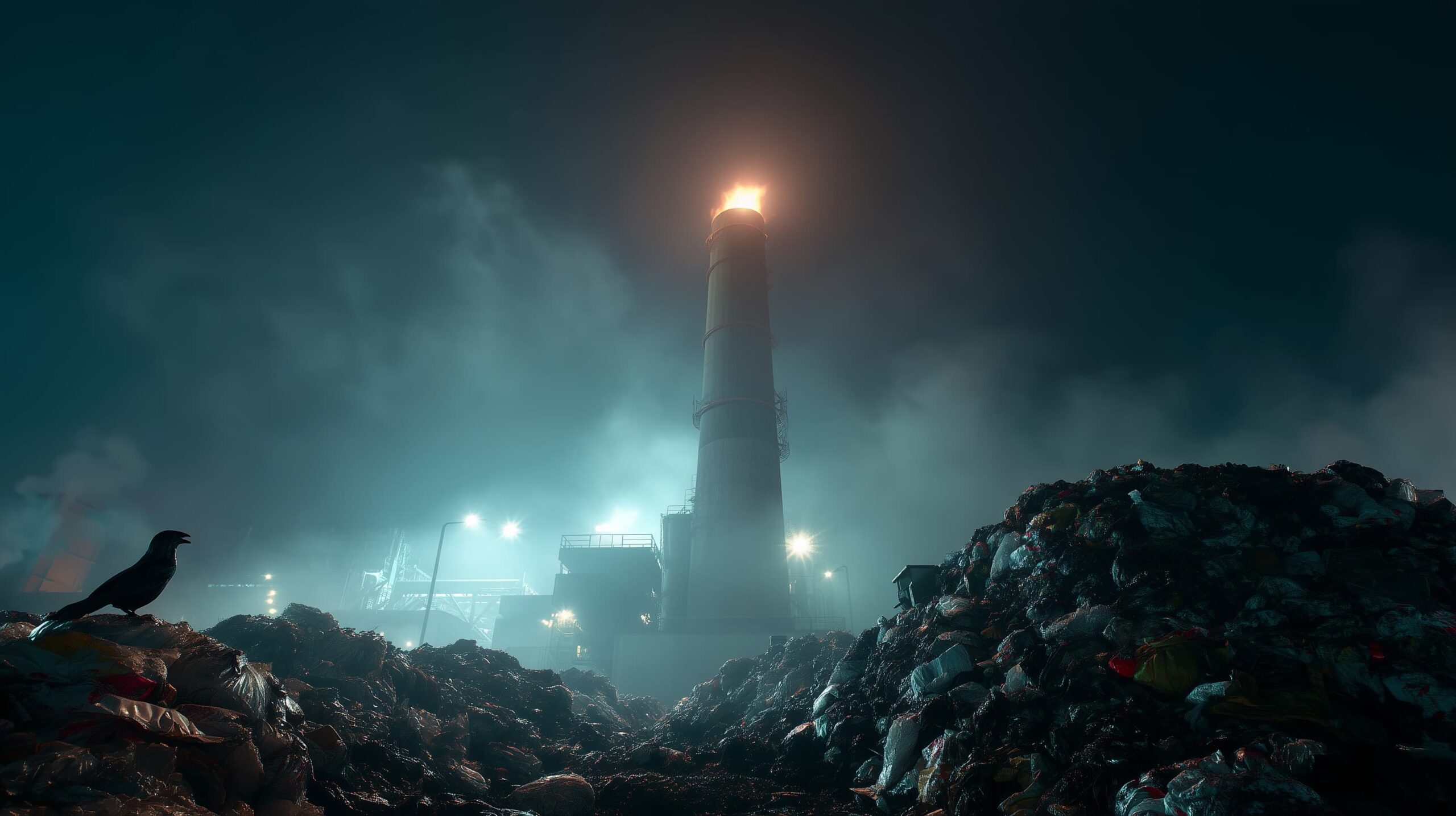As cities grow and waste generation continues to rise, societies are seeking smarter ways to manage garbage while producing energy. One method under scrutiny is the thermal treatment of waste, more commonly known as incineration. It raises a fundamental question: can the controlled burning of solid waste be aligned with environmental goals?
Modern waste-to-energy (WTE) facilities are designed to burn non-recyclable waste under high temperatures in specially engineered chambers. The heat produced is used to generate steam, which then powers turbines and produces electricity. In many cases, this same system also provides heating for homes or buildings in colder regions.
In addition to energy production, this process drastically reduces the volume of solid waste, leaving only ash—both bottom and fly ash—for disposal or further processing.
Why Some Countries Embrace It
In places like Sweden, Norway, and Japan, waste combustion has become part of national energy and waste management strategies. These countries often lack space for landfills or aim to reduce their dependence on fossil fuels.
Sweden, for instance, has built a reputation for using its municipal waste to generate both electricity and district heat. Its facilities operate under strict environmental guidelines and are often coupled with advanced systems to clean the exhaust gases.
In such settings, thermal waste processing serves a dual purpose: minimizing garbage sent to landfills and supplementing energy supply from non-fossil sources.
Arguments in Favor
Advocates of incineration point to several practical and environmental reasons for considering it a part of sustainable waste policy:
- Reduction in landfill usage: With significant reductions in volume (often over 80%), the pressure on land resources diminishes.
- Continuous power generation: Unlike solar or wind, combustion-based systems work around the clock, regardless of weather or daylight.
- Less methane: Decomposing waste in landfills releases methane, a highly potent greenhouse gas. High-temperature combustion largely avoids this.
- Metals recovery: Valuable materials like aluminum and iron can be extracted from ash and reintroduced into manufacturing cycles.
What Critics Are Concerned About
Despite its utility, incineration remains controversial, especially in countries with stronger environmental movements.
Opponents often highlight the following issues:
- Air pollution risks: Even with modern filtration, burning mixed waste can emit fine particles, heavy metals, and other toxic compounds.
- Carbon emissions: While methane is avoided, CO₂ is still released, especially from synthetic materials like plastics.
- Threat to recycling: There is a concern that burning recoverable materials might become more convenient than investing in sorting and recycling programs.
- Toxic residues: Fly ash, the lighter fraction that rises during combustion, contains hazardous substances and requires careful handling.
These concerns are valid, particularly when facilities operate with outdated technology or insufficient oversight. Poorly managed plants can become serious polluters and damage public health.
Innovations Improving the Outlook
Ongoing advances in combustion technology and emissions control are changing the conversation around WTE systems.
Some of the key developments include:
- Advanced flue gas cleaning systems, including fabric filters, activated carbon, and scrubbers, which significantly cut down harmful emissions.
- Automated waste sorting before combustion, ensuring that recyclable or hazardous items are removed.
- Plasma arc gasification, a newer technique that subjects waste to extremely high temperatures using electric arcs. This not only reduces emissions but also converts waste into syngas, which can be used for cleaner power generation.
Artificial intelligence and machine learning are also being applied to monitor combustion efficiency and ensure environmental standards are met in real time.
A Look at Global Trends
Europe remains the most active user of waste-to-energy plants, especially in the Nordic region. Some countries even import waste from neighbors to fuel their facilities. Japan, due to space constraints and high population density, also relies heavily on this approach.
In contrast, the United States shows a more fragmented picture. While some regions utilize WTE facilities effectively, others rely almost entirely on landfills due to lower tipping fees, regulatory resistance, or public opposition.
Is It Truly Sustainable?
Whether this method can be classified as “green” depends on several factors:
- What’s being burned: The environmental cost differs depending on the composition of the waste. Organic matter is less harmful than plastic-based materials.
- Local recycling rates: If materials suitable for reuse are incinerated, it undermines sustainability goals.
- Emissions controls: The quality and consistency of air pollution management systems are crucial.
- Integration with circular economy: If waste combustion is used only for non-recyclables and complements other sustainable practices, its impact can be positive.
In well-regulated environments with strong waste separation and emissions technology, waste-to-energy can help bridge gaps in energy supply and reduce landfill dependence. However, in areas with weak environmental safeguards, it risks becoming a shortcut with serious consequences.
Final Perspective
Turning garbage into energy is neither an ideal solution nor a total failure. When used carefully and alongside more sustainable practices like recycling, composting, and reducing material consumption, incineration can fill a meaningful role in modern waste management.
The future of this method depends not only on technological refinement but also on public policy, education, and careful planning. It should never replace efforts to reduce waste but can support cleaner cities and stable energy grids when used as part of a wider strategy.
